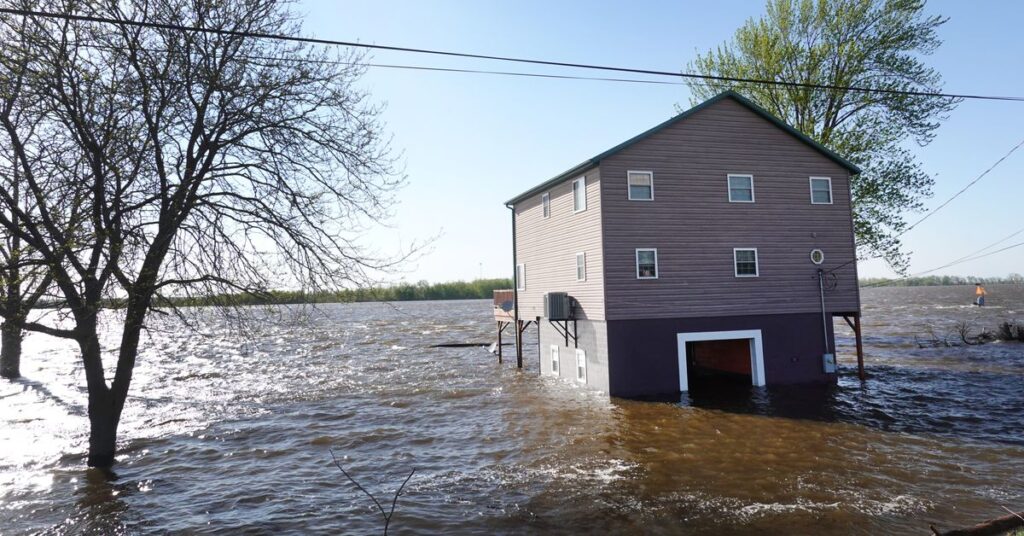The Supreme Court handed down a 5-4 decision on Thursday which places a drastic new limit on the Clean Water Act, the 1972 law that forms the backbone of the United States’ efforts to ensure that America’s water supply is clean and safe.
As Justice Brett Kavanaugh writes in a dissenting opinion, Justice Samuel Alito’s majority opinion in Sackett v. EPA is likely to hobble the law’s ability to protect several major waterways, including the Mississippi River and the Chesapeake Bay.
The case involves an admittedly quite difficult question of how to read a vague provision of the law. The Clean Water Act prohibits “discharge of pollutants” into “navigable waters.” But it also defines the term “navigable waters” counterintuitively, to include all “waters of the United States, including the territorial seas.”
Both the courts and the federal agencies that enforce this law have struggled over the last half-century to determine which “waters” can be regulated under this uncertain statutory language — a problem exacerbated by the fact that pollutants discharged far from a major waterway can nonetheless migrate into that waterway. A toxic chemical dumped miles from the Mississippi River might find its way to that river through the network of streams, creeks, wetlands, and similar geographic features that feed into it.
The last time the Supreme Court took up this question — what, exactly, are the “waters of the United States?” — was in Rapanos v. United States (2006), and Rapanos split the Court three ways, with none of the three approaches winning a majority of the justices’ votes.
Thursday’s opinion in Sackett adopts the narrowest of those three approaches, the one Justice Antonin Scalia suggested in one of those 2006 opinions. Under Alito’s Sackett opinion, the act only applies to “traditional interstate navigable waters,” to a “relatively permanent body of water” connected to such a waterway, and to wetlands so…
Read the full article here





